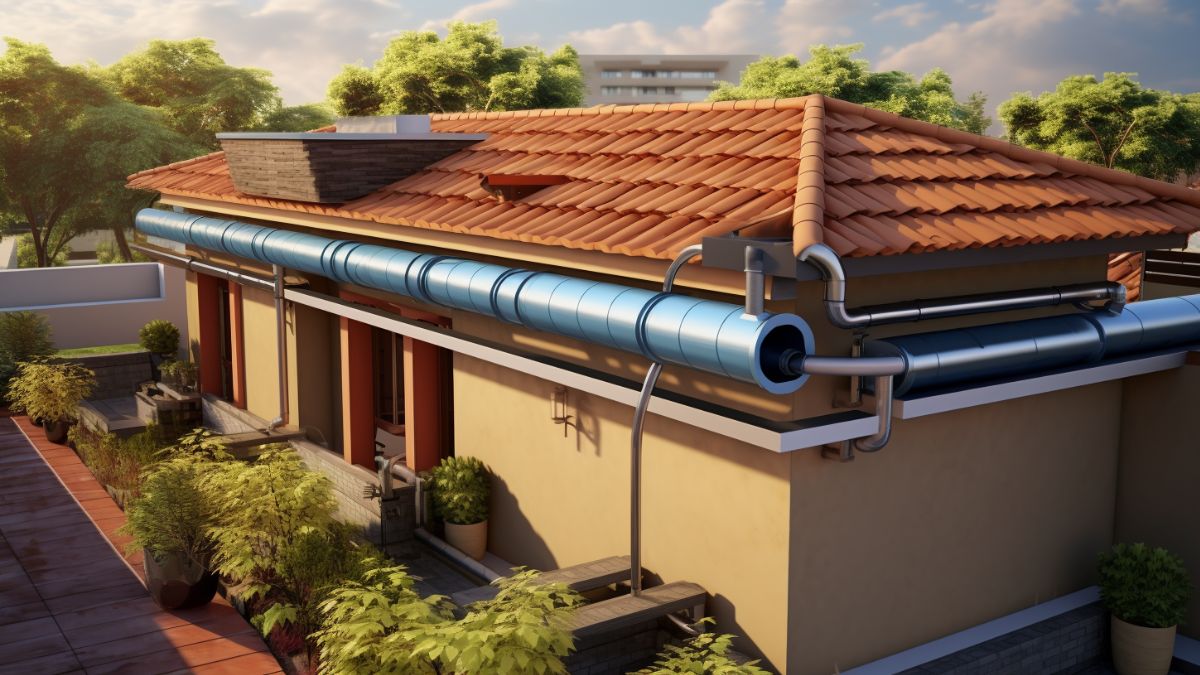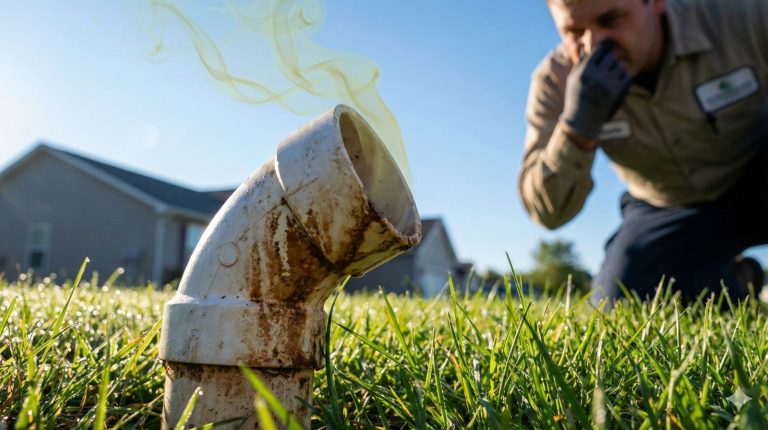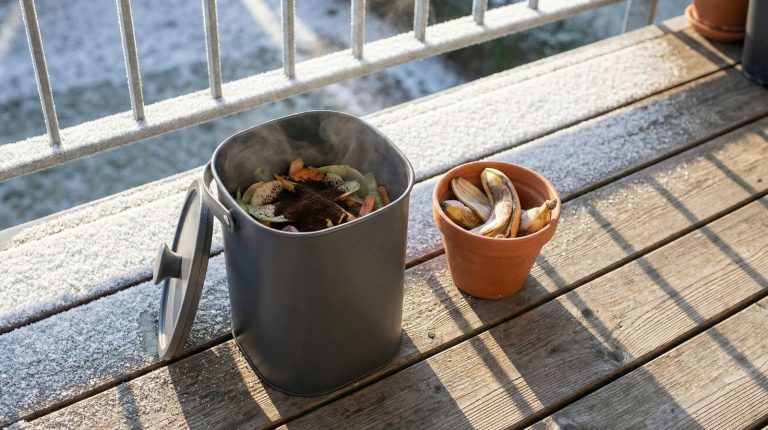Do you want to make a positive impact on the environment while also saving money on your water bills? Look no further! In this article, we will explore effective rainwater harvesting techniques that you can implement right at home.
From utilizing rain barrels and green roofs to creating rain gardens and using underground storage tanks, we will delve into the precise methods that will help you maximize your water resources. Join the movement and belong to the community of eco-conscious individuals!
Rain Barrels
To build an effective rainwater harvesting at home, you can start by installing rain barrels. Rain barrels are a simple and efficient way to promote water conservation and manage your water usage. These barrels are designed to capture rainwater from your roof, which can then be used for various purposes such as watering your plants, washing your car, or even flushing toilets.
Green Roofs
You can expand your rainwater harvesting techniques by considering the installation of green roofs on your home. Green roofs are an innovative and environmentally-friendly solution that offer numerous benefits. Here are three reasons why green roofs are a great addition to your rainwater harvesting system:
- Enhanced insulation: Green roofs provide additional insulation for your home, reducing energy consumption and lowering utility bills. This not only benefits the environment but also saves you money in the long run.
- Improved air quality: Green roofs act as natural air filters, removing pollutants and improving the overall air quality around your home. This creates a healthier and more pleasant living environment for you and your family.
- Reduced stormwater runoff: By absorbing rainwater, green roofs help to alleviate the strain on stormwater systems, reducing the risk of flooding and water pollution in your community.
When it comes to green roof installation, it’s important to consult with a professional to ensure proper design and construction. A properly installed green roof can provide long-term benefits and contribute to a sustainable and eco-friendly home.
Permeable Paving
When considering ways to expand your rainwater harvesting techniques, one effective way to explore is the use of permeable paving. Permeable pavement, also known as porous or pervious pavement, is a type of surface that allows rainwater to pass through it and be absorbed by the ground below. This is in contrast to traditional pavement, which is impermeable and causes rainwater to runoff into storm drains or other waterways.
There are several benefits to using permeable pavement for your rainwater harvesting system. Firstly, it helps to reduce stormwater runoff and prevent flooding by allowing rainwater to be absorbed into the ground. This can help to recharge groundwater and maintain the natural water cycle. Additionally, permeable pavement can filter out pollutants and contaminants from the rainwater, improving water quality.
Installation of permeable pavement involves preparing the ground properly by removing any existing pavement or debris, creating a suitable base, and then laying the permeable pavers. It’s important to follow the manufacturer’s instructions and guidelines to ensure the proper installation of the permeable pavement.
Rain Gardens
One effective technique for expanding your rainwater harvesting efforts is by incorporating the use of a rain garden. Rain gardens are specially designed gardens that collect and absorb rainwater runoff from roofs, driveways, and other impermeable surfaces.
Here are three benefits of rain gardens:
- Environmental Impact: Rain gardens help reduce stormwater runoff, which can lead to soil erosion and water pollution. By capturing and filtering rainwater, rain gardens help replenish groundwater and protect local water bodies.
- Biodiversity: Rain gardens provide a habitat for a variety of plants and animals. Native plants, specifically chosen for their ability to thrive in wet conditions, attract pollinators and create a diverse ecosystem.
- Aesthetics: Rain garden design allows for creativity and can enhance the beauty of your landscape. With a mix of colorful plants, rocks, and mulch, rain gardens can transform a dull space into a visually appealing oasis.
Incorporating a rain garden into your rainwater harvesting system not only benefits the environment but also adds a touch of natural beauty to your home.
Underground Storage Tanks
To further maximize your rainwater harvesting efforts and ensure efficient storage, consider integrating underground storage tanks into your system.
Underground storage tanks, also known as underground cisterns, provide a convenient and space-saving solution for water collection. These tanks are installed beneath the ground, allowing for discreet storage while still offering ample capacity for storing rainwater.
By utilizing underground storage tanks, you can take advantage of the natural insulation provided by the surrounding soil, helping to maintain a consistent temperature for your stored water. Additionally, underground storage tanks help to protect your harvested rainwater from evaporation and contamination, ensuring that you have a clean and reliable water source for various household uses.
With their efficient design and hidden installation, underground storage tanks are an excellent option for those seeking to optimize their rainwater harvesting system.
Conclusion
So there you have it, folks! Now that you’re equipped with the knowledge of effective rainwater harvesting techniques at home, you can finally put those rainy days to good use.
Rain barrels, green roofs, permeable paving, rain gardens, and underground storage tanks are your secret weapons to save the environment and your wallet. Embrace these techniques, and watch as your neighbors envy your eco-friendly paradise.
Happy harvesting!




